All posts by Phil Kinnane
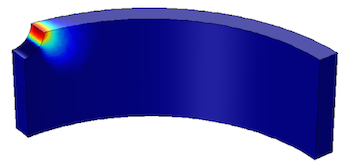
Why Should You Simulate Fatigue?
The Fatigue Module, an add-on to the Structural Mechanics Module and the COMSOL Multiphysics® software, can be used to perform structural fatigue life computations for both strain-based and stressed-based fatigue. In this blog post, we discuss some of the potential application areas and benefits of fatigue testing.

Extend Your Modeling Capacity with LiveLink™ for Excel®
Recently, Fanny blogged about spreadsheets and how they are used in engineering. She mentioned that they are great for collating material properties and other experimental results, and for then using these in COMSOL models. The simulation results from these models can in turn be compared to the original data, and help calibrate material properties and optimize the design. With the release of COMSOL Multiphysics 4.3a, COMSOL has now made it much easier to perform these tasks and extend your modeling […]
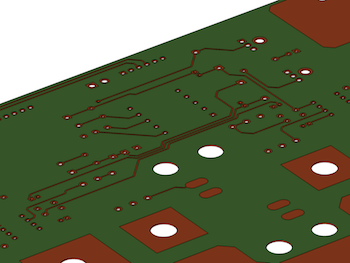
What Is ECAD and Why Is It Used in FEA?
Electronic computer-aided design (ECAD) is typically used to design and develop electronic systems. Although the acronym is a mere letter away from “CAD”, there’s actually more to the story than appending the word “electronic” to “computer-aided design”. So, what is ECAD and why is it used in finite element analysis (FEA)?
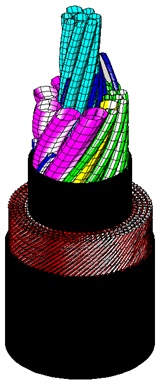
The Stresses Subsea Cables are subjected to
In these days of globalization, keeping the world connected is imperative. Information needs to pass as freely and quickly as possible in order to keep markets up-to-date with the latest news and to ensure that commerce can be conducted without hindrance (at least of the technical kind). So what do you do – look to the sky? The answer is no; in fact, 99% of this information is carried by undersea cables. These unsung heroes sit at the bottom of […]
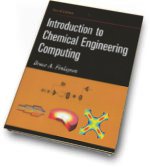
New Book from One of the Greats in Chemical Engineering Education
COMSOL has had a great relationship with Emeritus Professor Bruce Finlayson of the University of Washington. I first saw him back in 2002 at an American Institute of Chemical Engineering (AIChE) meeting where he gave a presentation on the use of modeling in chemical engineering education. As a former President of AIChE and with a resumé covering some of the leading research and industrial advances within chemical engineering, I was quite intrigued by him taking the time and effort to […]

A Better File Format for 3D Printing to Replace STL?
I have previously blogged about 3D printing and how it would be great if you could go from model to product in one step. Now it seems as though the Stereolithography (STL) file format is reaching its limits for being useful as a standard for this type of application. The printers themselves, and what they are capable of, are outstripping the abilities of the file formats to support their new capabilities. Moves are being made to develop a better file […]
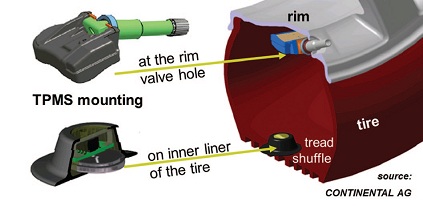
Piezoelectric Energy Harvester Helps Increase a Car’s Efficiency
Much has been written lately about increasing the energy efficiency of cars. Batteries and fuel cells are very hot topics, and not so long ago I blogged about the University of Michigan’s use of solar cells to fully power a car. Yet, even on the smallest of scales, such as the sensors in your car, improvements are being made. Utilizing a MEMS (Micro Electromechanical System) piezoelectric energy harvester, Alexander Frej and Ingo Kuehne at Siemens Corporate Technology in Munich are […]
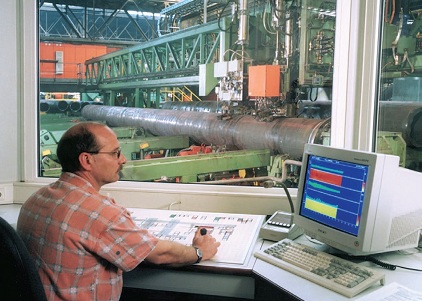
Impedance Boundary Conditions Help in Modeling Nondestructive Testing (NDT)
How do you simplify a 3D geometry to reduce the computational resources required to model it? Do it in 2D. What if the phenomenon can only be properly simulated in 3D? Find the planes of symmetry and reduce the size, most engineering objects are symmetric in some way. What if there is no symmetry, such as the propagation of random cracks through a steel pipe? Well, as this story from COMSOL News 2012 shows, there are other methods, such as […]
